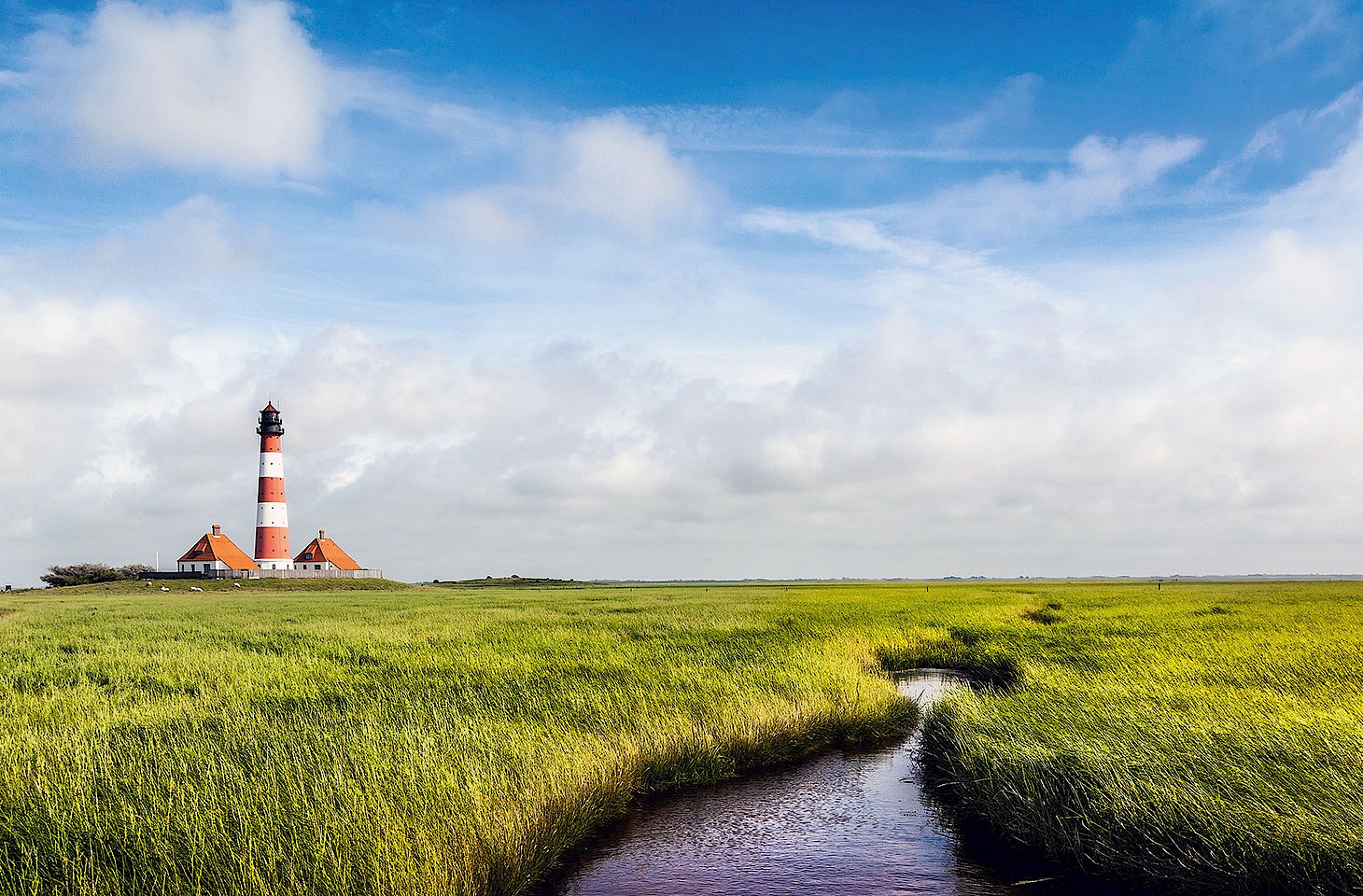It is an easy drive from Ermelo to Amsterdam. Avoid the peak hours, and the journey of eighty kilometres, skimming the southern edge of the polders ingeniously reclaimed from the sea, can easily be completed within an hour. But there is another Ermelo and another Amsterdam, and by coincidence (or is it merely coincidence?) those two communities are also eighty kilometres apart. But both towns are very far from the Netherlands.
Ermelo is on South Africa’s eastern highveld. It is the sort of place where, if you travel enough through South Africa, you will eventually end up passing through. “Our city is served by no less than three different N roads,” said the bright young man serving coffee when we stopped off in a café in Ermelo late last year. Such evident local pride in highway connectivity warms the hearts of travel writers. So, as we sipped our Java blend (weak, as so often in South Africa), we pored over the road atlas and found that not even Cape Town or Durban can claim such a prestigious suite of roads heading out of town.
We rewarded our waiter with a handsome tip. After pocketing the money, he confided that he had read the point about Ermelo’s bountiful crop of N roads in Wikipedia. It is, it seems, the town’s big selling point. You can join the N2 in Ermelo and follow the road all the way to Cape Town, all 2255 kilometres of it.
We passed on the N2 to Cape Town, opting instead for an afternoon drive to Amsterdam. Windmills and tulips, perhaps. We could have sped to Amsterdam, but instead we meandered, cutting off the main road here and there to explore the highveld. Clouds tumbled over the horizon, the land dipping here and there down to faint watercourses. This is fairly barren country, good for grazing but not much else. It nudges up towards the border with Swaziland and, as we travelled east towards Amsterdam, we noted the foggy mantle that settled over the hills defining the frontier.
Perhaps it was a view much like this which confronted Alexander McCorkindale when he first arrived in this part of Transvaal.


